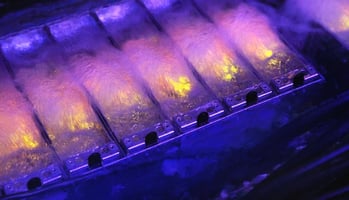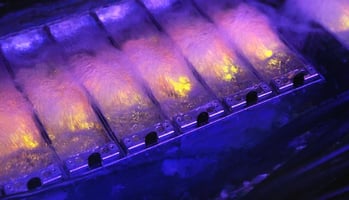Single Phase Liquid Immersion Cooling is today’s hottest technology for thermal management in a...
Is Two-phase Immersion Cooling Already Dead, Or Is It Too Early to Tell?
A datacenter magazine promises a lively discussion called “Is two-phase immersion cooling leading the pack, or is it too early to tell?”. For one thing, No, it’s not leading the pack – not because it’s too early to tell, but because of a host of material compatibility, heat balance, vapor recovery and economic considerations. Two-phase cooling remains a bubbly science project.
But this ignores a more important discussion. A better question to ask is “Is Two-phase Immersion Cooling Going to be Regulated Out of Existence or is it too early to tell? You see, two-phase immersion cooling depends on chemicals called “PFAS”, or Poly-Fluorinated Alkyl Substances. PFAS are toxic, bioaccumulative chemicals that don’t break down in nature. And because of that, their manufacture and use are being regulated and restricted worldwide. This year, several fluorinated dielectric fluids became unavailable when authorities forced 3M’s manufacturing plant in Belgium to close, due to PFAS releases and pollution. In the US, many PFAS chemicals are about to be added to the Toxic Substances Control Act (TSCA) list of restrictions, with scientists urging adding
the entire class
of PFAS chemicals to the lists (instead of individual chemicals).
Regardless of the pros and cons of two-phase electronics cooling, soon, the fluorinated chemicals used in this technology aren’t going to be commercially available. Companies that used and sold PFAS chemicals are going to be involved in cleanup efforts similar to what we’ve seen with Poly-Chlorinated Biphenyls (PCBs) after they were added to the TSCA lists.
That’s the discussion the datacenter industry should be having.



